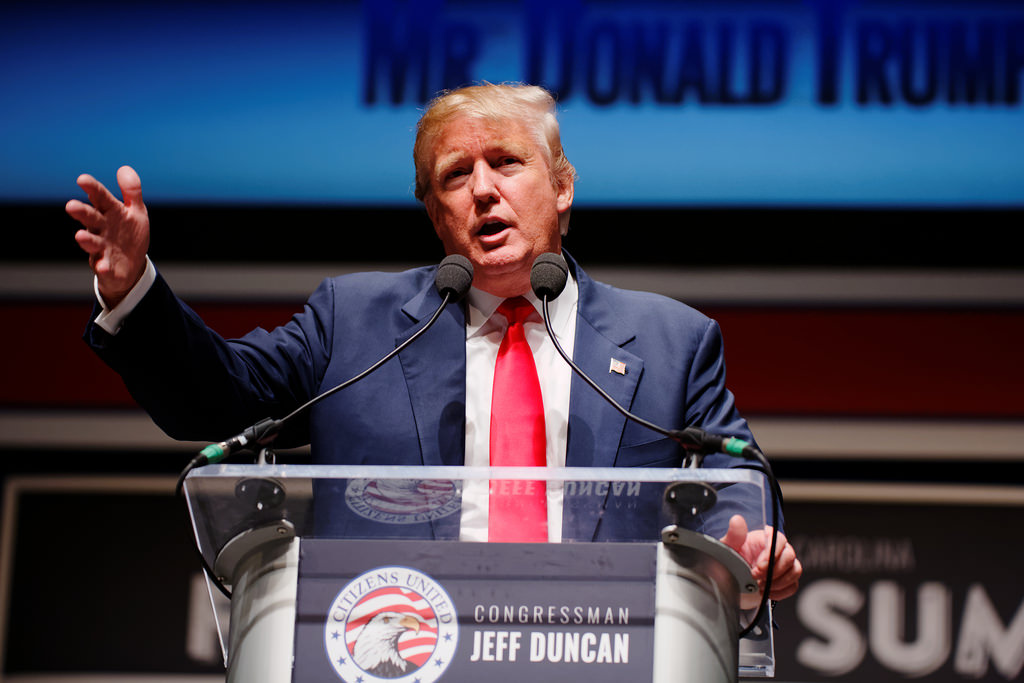For all his many faults, Donald Trump displays one great virtue as a presidential candidate: he is a remarkably effective dispeller of illusions. Early in the campaign, Trump dispelled the illusion that his rivals were the strongest field of candidates in the party’s history. As the frontrunner, he dispelled the illusion that “the party decides” on the nomination. As the presumptive nominee, he dispelled the illusion that candidates inevitably try to broaden their appeal beyond their core supporters. Who knows what illusions The Donald will dispel by November.
Of all the illusions Trump has dispelled, however, none is more significant than the illusion of the conservative movement. Rather than being the dominant force in the Republican Party, conservatives, Trump revealed, are just another pressure group. And not an especially large one. In state after state, voters indicated that they did not care much about conservative orthodoxy on the economy, foreign policy, or what used to be called family values. […]
Demographic changes are also part of the explanation. The conservative movement is disproportionately comprised of middle-class white Christians. There are fewer of those than there used to be.
As the conservative movement approaches retirement age, finally, its rhetoric has become almost unintelligible to outsiders. Rather than making arguments addressed to normal people, conservative leaders invoke limited government almost fetishistically, as if the words themselves possessed the power to convince. Ted Cruz’s reputation as an orator rests on his mastery of this jargon.
The political scientist George Hawley’s Right-Wing Critics of American Conservatism is among the most serious reflections on this situation yet to appear in print. Primarily a work of intellectual history, it attempts to explain how the conservative movement reached this low point in its fortunes—and what alternatives were excluded in the process. The book’s tone is exquisitely non-judgmental, but it is clear that Hawley’s interest is not just academic. Although it was written before Trump burst onto the stage, Right-Wing Critics is a step toward answering the question: what comes after the conservative movement?
Hawley begins with the observation that the historic pillars of the American conservative movement—limited government, an assertively anti-communist foreign policy, and quasi-Christian moralism—have no necessary connection. Beginning in the early ’50s, these elements were packaged together by a group of intellectuals and activists led by William F. Buckley. The story is often told as a process of addition, in which disparate constituencies were brought into a grand coalition. Hawley emphasizes that it was also a process of exclusion, as unsuitable ideas and characters were driven out.
Read more at the American Conservative.
Photo by Michael Vadon 
